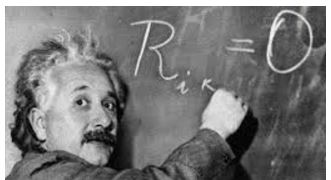Scientists behind the theory of Einstein stated that the speed of light is not continuous and variable.Einstein noted the speed of light stays the same in any scenario, and this meant that time and space may vary in various scenarios. Specifically, it plays a job in prediction models of what occurred following seconds after the Big Bang, in the early universe.
However, many researchers have indicated that the speed of light may have been considerably higher in this early universe. Some complex constructions in the universe, for example galaxies, were all formed by changes in the first universe which were miniature differences in density.
Dr Afshordi and Professor Magueijo have used a model to place a precise amount on the spectral index. Cosmologists are getting more accurate readings to ensure forecast could shortly be examined — either confirming or ruling out the model of the first universe.
“The theory, which we first suggested in the late ’90s, has now gotten to a maturity stage — it’s created a testable prediction. If this number is to be exact by observations in the close future, it might cause a change of Einstein’s theory of gravity.
The notion that speed of light may be changeable was revolutionary when first proposed, but using a numeric prediction, it becomes something physicists can in fact analyze. If authentic, it could imply the laws of nature are not consistently exactly like they may be now. The mainstream competing theory which researchers are facing now is called “inflation”. Inflation says the early universe went through an incredibly fast growth period, considerably quicker compared to existing speed of growth of the universe.
These theories are essential to defeat what physicists call the ‘horizon problem‘. The universe now as we find it seems to be widely exactly the same, for example it’s a density that is somewhat homogenous.
If all areas of the universe could actually affect each other, this might just be accurate.
The changing speed of light theory implies the speed of light was considerably higher in the early universe, enabling the borders that are distant to be joined as the universe. The speed of light would have subsequently fell as the density of the universe shifted naturally.
The alternate theory is inflation, which tries to solve this difficulty by saying that the very early universe then abruptly enlarged, with all the uniformity imprinted onto it, and evened out . While this means the other laws of physics and also the speed of light as we understand them are maintained, it needs the creation of an ‘inflation field’ , a group of states that existed during the time.





